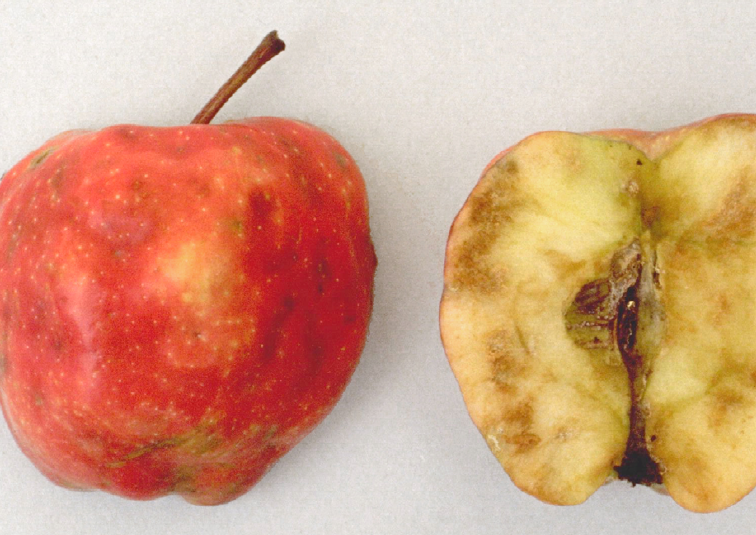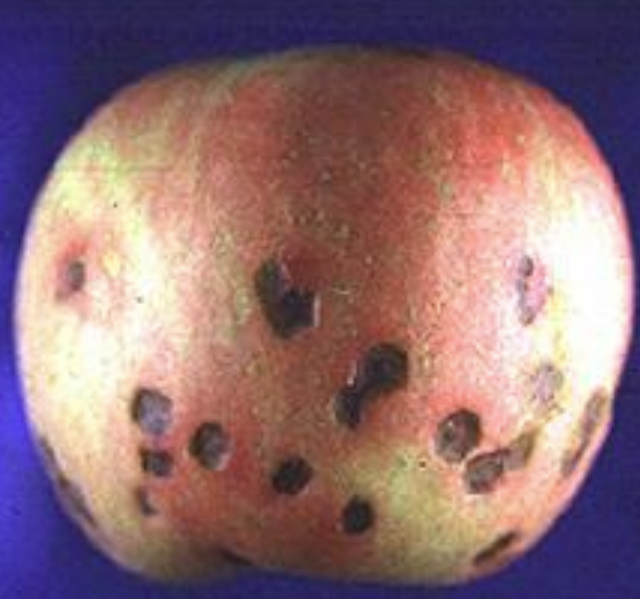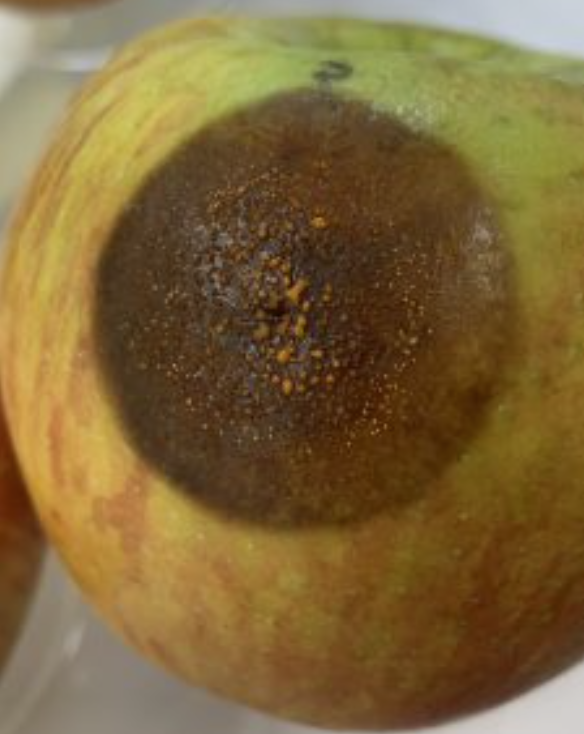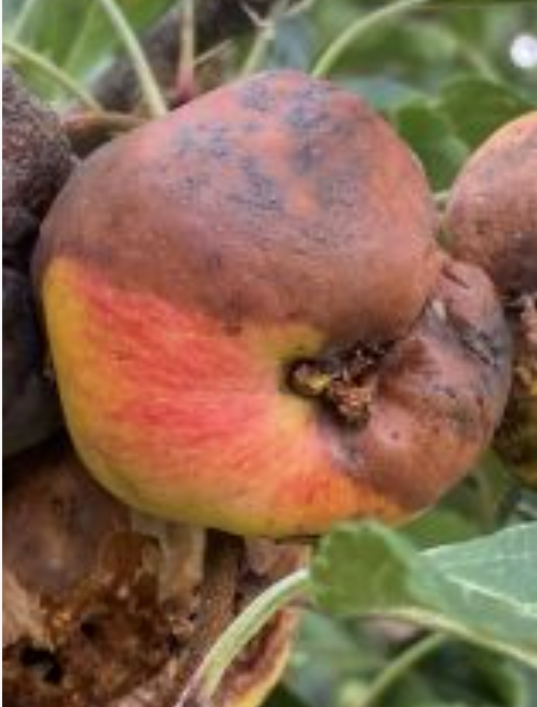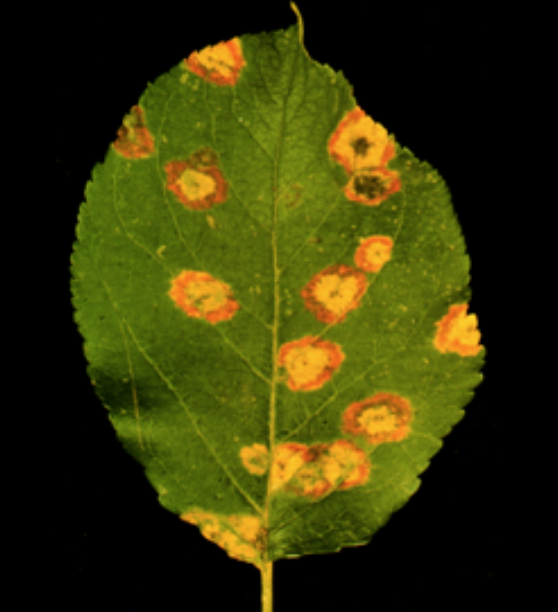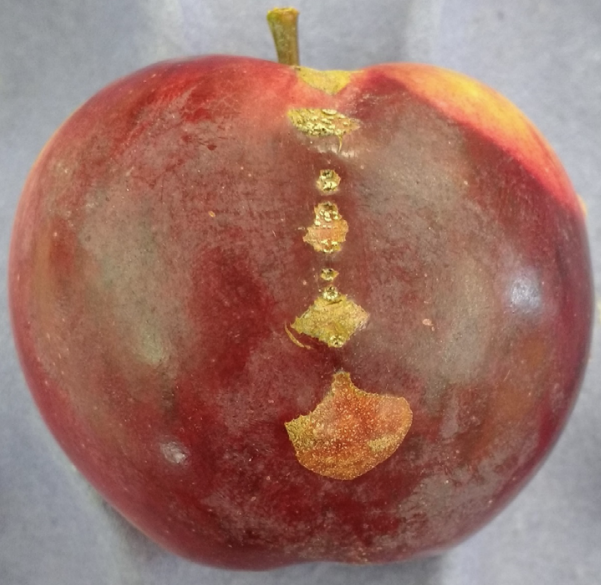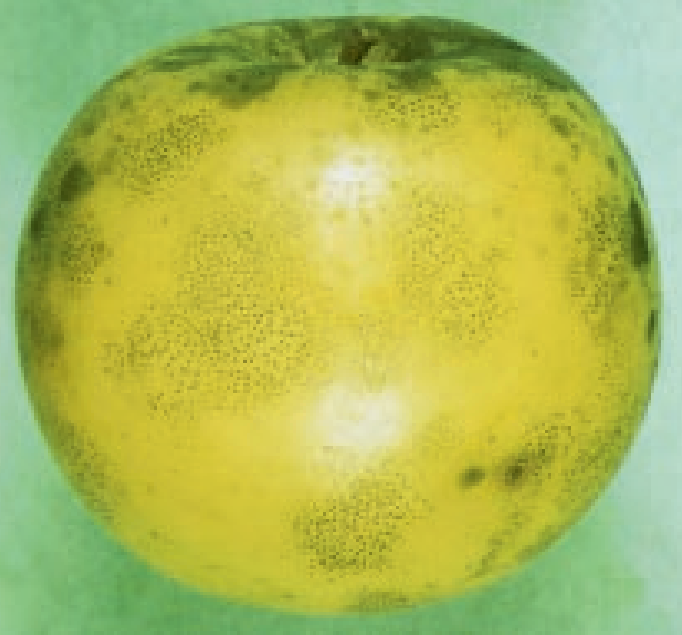Wisconsin Apples

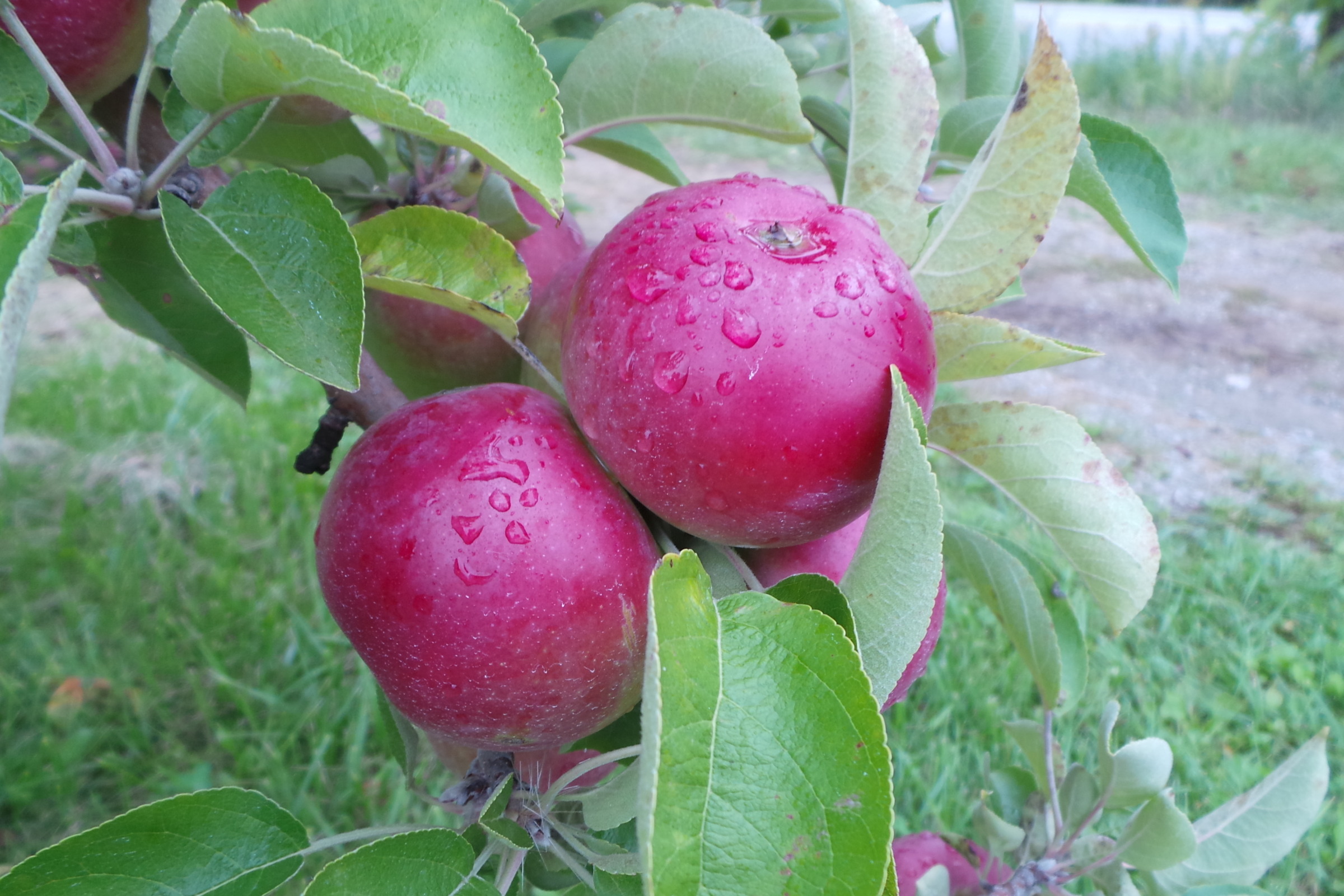
Wisconsin Apples
Apples are the most common type of tree fruit grown in Wisconsin. Apple fruits vary in color, size, flavor, and texture. Tree size can range from “super dwarf” up to full standard trees. Beyond producing fruit, apple trees are valued for their beautiful blossoms and value to pollinators. Before buying and growing apple trees, it is important to consider if you have enough space, time, and skills to take care of them. This guide covers the basic information required to grow apples successfully.
Free Online Gardening Programs

The Extension Horticulture Program and the UW Fruit Program host a variety of free online webinars throughout the year that focus on fruit trees and other important aspects of horticulture. All programs are recorded and available for later viewing through the online program archive.
Rejuvenating Old Apple Trees
Pruning Apple Trees
Management of Apple Pests
General Apple Resources

Growing Apples in Wisconsin
A how-to book for backyard apple growers. Covers everything from planting tips to pruning to disease and insect management strategies.
Training and Pruning Apple Trees
Proper training and pruning helps to maximize production of high-quality apples. This illustrated guide shows how and when to prune.
Apple Cultivars for Wisconsin
An introduction for apple growers and gardeners to apple cultivars suitable for Wisconsin.
Rootstocks for Fruit Trees in Wisconsin
This bulletin describes the various rootstocks available for fruit crops that can be successfully grown in Wisconsin, including apples, pears, tart cherries, apricots, and plums.
Planning and Establishing Commercial Apple Orchards in Wisconsin
Commercial apple growing is a complex operation. This detailed, 20-page publication presents the factors to consider before you invest in a commercial orchard.
When Are Apples Ripe?
This fact sheet helps you determine when various apple cultivars are ripe and ready to pick as well as providing tips on harvesting and storing your bounty.
Fruit Crop Pollination
For fruit to develop, pollen must be transferred from the anther to the stigma. Find out which crops require pollen from the flowers of a different cultivar to set fruit, and which can set fruit on their own.
Fruit and Frost
Temperatures below 28°F will injure or kill flowers or immature fruit. This sheet outlines critical temperatures at different stages of flower development, and describe how a gardener might protect against late season frosts.
Plant Growth Regulator Use in Apples
Plant growth regulators can be used for thinning fruit, regulating growth and adjusting harvest periods for apples. This publication provides information on which plant growth regulators to use for a specific effect and gives instructions on how, when, where, and in what quantities to apply them.
Apple Pests and Diseases
Identification, management, and control of major Apple pests!

Apple Maggot
Apple maggot is a significant pest of apples in commercial and backyard orchards in most of the United States and eastern Canada. Although predominantly a pest of apples, apple maggot will also infest pears, apricots, peaches, cherries, crabapples, and wild rose hips.
Apple Scab
Apple scab is a potentially serious fungal disease of ornamental and fruit trees in the rose family. Trees that are most commonly and severely affected include crabapple, hawthorn, mountain-ash, apple and pear.
Bagging Apples for Insect and Disease Control
A non-pesticide alternative for protecting fruit is to encase apples in bags that provide protective barriers against insects and fungal pathogens.
Bitter Pit and Cork Spot
Bitter pit and cork spot are common disorders of Wisconsin apples. These two disorders don’t occur every year, but when weather conditions are just right they can be major problems.
Black Rot, Bitter Rot, and White Rot
Learn to differentiate between these three common Rot disorders in Apple.
Codling Moth
Codling moth is an insect pest of apple, pear, and walnut crops in Wisconsin. Larval feeding can render fruit unmarketable, potentially causing severe economic loss. Learn how to identify, monitor, and deter this insect pest.
Fireblight
Fire blight is the most destructive bacterial disease affecting plants in the rose family, including apple, pear, crabapple, hawthorn, cotoneaster, mountain ash, quince, rose, pyracantha, and spirea. It can kill or disfigure a tree or shrub, depending on the susceptibility of the host and weather conditions.
Gymnosporangium Rusts (Cedar Apple Rust)
A group of closely related diseases caused by fungi that infect both junipers and woody plants in the rose family (such as apple, crabapple, hawthorn and quince). The most common Gymnosporangium rusts found in Wisconsin are cedar-apple rust, cedar-hawthorn rust and cedar-quince rust.
Japanese Beetle
These voracious feeders primarily skeletonize leaves by feeding between the leaf veins, and they may also target flower buds, flowers, and fruit, depending on the host plant.
Plum Curculio
Plum curculio, a beetle native to the midwestern United States, is one of the most common and detrimental pests of apple in Wisconsin and can cause significant damage to tree fruit.
Sooty Blotch and Flyspeck
Sooty blotch and flyspeck are separate diseases that often occur together on apple and pear fruit during late summer. This fact sheet will help you better understand, identify, and control these diseases.
Watercore of Apple
Watercore of apple is a physiologic disorder. The fruit tissue’s abnormal condition is a response of some apple cultivars to adverse environmental conditions—not to a disease-causing organism. Watercore is more common in warm, arid regions, but it occurs in Wisconsin often enough to concern apple growers.
Pest and Disease Visual Guide
Learn what common pest and disease damage looks like on apple!

